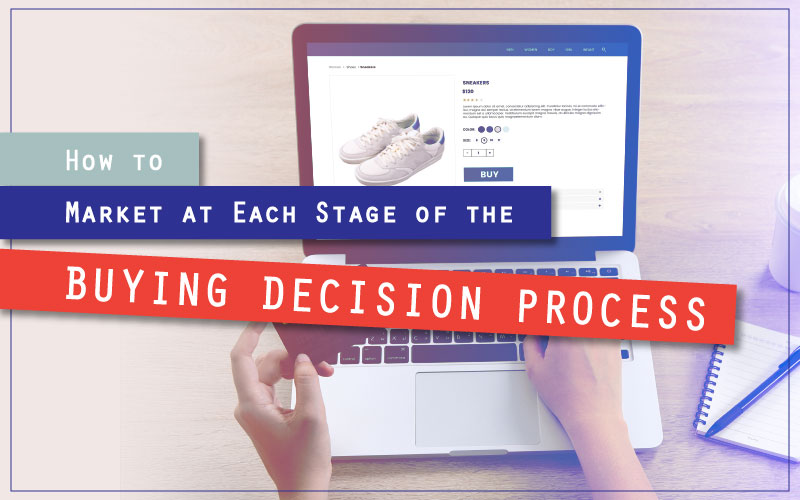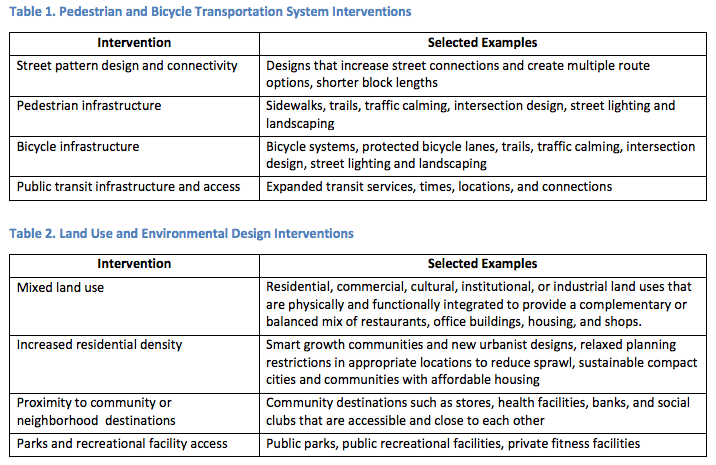12 Gennaio 2022
Interest Expense to Debt Ratio Formula, Example, Analysis, Calculator

In such a case, a lower ratio can be considered a sign of good financial standing. This ratio can be used to compare against other companies in the same industry to see what the expected lending costs are for the competition. If these numbers were considerably higher than the industry standard, the CEO and team would need to investigate the numbers further.
Adam Hayes, Ph.D., CFA, is a financial writer with 15+ years Wall Street experience as a derivatives trader. Besides his extensive derivative trading expertise, Adam is an expert in economics and behavioral finance. Adam received his master’s in economics from The New School for Social Research and his Ph.D. from the University of Wisconsin-Madison in sociology.
Is Interest Expense a Debit or Credit?
Interest expense is one of the core expenses found in the income statement. With the former, the company will incur an expense related to the cost of borrowing. Understanding a company’s interest expense helps to understand its capital structure and financial performance. It is expressed as a percentage of the amount borrowed, and is paid periodically, usually monthly. The interest expense calculation takes into account the amount of time the money is borrowed for, the interest rate, and the principal amount.
You can deduct investment interest expense against any investment income — but only if you itemize your tax deductions. The easiest way to avoid paying interest expense is to avoid buying stocks on margin. If a company has $100 million in debt with an average interest rate of 5%, then its interest expense is $100 million multiplied by 0.05, or $5 million. Our hypothetical company’s annual interest expense is forecasted as $990k in 2022, followed by an interest expense of $970k in 2023. The $19.6 million ending balance becomes the beginning balance for 2023, which is again reduced by the $400k in principal repayment. Suppose a company decided to raise $20 million in capital through issuances of long-term debt near the end of 2021.
However, interest expenses are only tax-deductible for individuals in certain circumstances, for example, on mortgage payments. To illustrate interest accrual with the example from above, let’s assume the company entered into the loan for the equipment with an annual interest rate of 6% and agrees to make four quarterly interest payments. Interest is found in the income statement, but can also be calculated using a debt schedule. The schedule outlines all the major pieces of debt a company has on its balance sheet, and the balances on each period opening (as shown above). This balance is multiplied by the debt’s interest rate to find the expense.
Heavily indebted companies may have a hard time serving their debt loads during economic downturns. At such times, investors and analysts pay particularly close attention to solvency ratios such as debt to equity and interest coverage. Companies need to have more than enough earnings to cover interest payments in order to survive future and perhaps unforeseeable financial hardships that may arise. A company’s ability to meet its interest obligations is an aspect of its solvency and is thus an important factor in the return for shareholders. The interest coverage ratio is a debt and profitability ratio that is used to work out whether your company can easily pay interest on its debt. Additionally, the interest coverage ratio is the ratio of your company’s earnings before interest or taxes (EBIT) to its interest expense.
What Is Home Equity? – Kiplinger’s Personal Finance
What Is Home Equity?.
Posted: Mon, 21 Aug 2023 17:12:59 GMT [source]
When the interest is paid, the accounts payable account is debited to flush out the amount, and the cash account is credited to show that funds were expended. Interest expense refers to the cost of borrowing money and includes a company’s interest payments on any bonds, loans, convertible debt, and lines of credit. Interest expense also includes margin interest, which is charged in taxable brokerage accounts when borrowed funds are used to purchase investments.
Interest expense for a finance lease
It is a solvency ratio that can help determine if a company is going through financial issues or credit difficulties. The interest expense to debt ratio (IE/D) determines the rate of interest paid by a business on its total debt. It’s a solvency ratio that reveals whether the company is experiencing financial difficulties or credit challenges.

This measures a company’s capability to meet its interest on debt using its operating income. As a general rule of thumb, consult financial advisors and accountants, as they will know more about writing off expenses, obtaining tax benefits, and retaining more money. Misrecording transactions can be a bad practice and tarnish a company’s reputation. Operating expenses are a controllable type of expense that a business should always aim to minimize to make higher profits.
How Is the Interest Coverage Ratio Calculated?
It is only fair to separate these expenses from other expenses because the company has little to do with how much of it they are going to bare each year. Consultants are an excellent way to find solutions and provide more cost-effective and efficient methods to run a business. This approach allows corporations or individuals not to put all their eggs in one basket.
- You received a quote from your contractor for all three areas totaling $60,000.
- Under IFRS 16 and GASB 87, no distinction between lease types for lessees exists and all are reported as finance leases.
- A workers’ strike is another example of an unexpected event that may hurt interest coverage ratios.
- To use this calculator you must enter the numbers of days late, the amount of the invoice in which payment was made late, and the Prompt Payment interest rate, which is pre-populated in the box.
An important distinction to make regarding contributions is whether they occur at the beginning or end of compounding periods. Periodic payments that occur at the end have one less interest period total per contribution. Compounding interest requires more than one period, so let’s go back to the example of Derek borrowing $100 from the bank for two years at a 10% interest rate.
Interest Expense Journal Entry
These expenses indicate how the company performs, a critical indicator that banks and investors gauge. This expense is recorded on the income statement and shows the incurred expense when the transaction occurs (and not necessarily when the amount was paid). Let’s not forget to mention one of the biggest benefits of borrowing money is that it is tax-deductible.

Compound interest is calculated based on the principal, the interest rate, the length of time, and the number of times per year that interest is compounded. Inflation is defined as a sustained increase in the prices of goods and services over time. As a result, a fixed amount of money will relatively afford less in the future. The average inflation rate in the U.S. in the past 100 years has hovered around 3%. As a tool of comparison, the average annual return rate of the S&P 500 (Standard & Poor’s) index in the United States is around 10% in the same period. Please refer to our Inflation Calculator for more detailed information about inflation.
Interest Calculator
However, such non-operating expenses allow businesses to cut down tax payments. This makes it all the more worthwhile since it leaves more cash flow and equity for day-to-day operations and expansion. Most often, individuals borrow money (in most cases) from a bank, investor, loan shark, and other various sources. Each source has pros and cons, and banks and investors are generally the safest bet. The interest expense to debt ratio is the rate of interest a business pays on its total debt.

Your interest expenses are one of the key expenses located on your income statement. Reviewing your income statement and your interest expense is an invaluable way of understanding your company’s financial performance and structure. The interest rate best representing the economics of a lease is the rate the lessor charges the lessee, known as the implicit rate of the lease. Many times this rate is not stated in the contract and must be estimated with specific inputs from the lease contract. LeaseQuery discusses the steps involved with calculating the rate implicit in a lease in the following articles for ASC 842, GASB 87, and IFRS 16. If a company has zero debt and EBT of $1 million (with a tax rate of 30%), their taxes payable will be $300,000.
Interest Rate Implicit in the Lease under IFRS 16 Explained
Interest expense usually appears below the EBIT (Earnings Before Interest and Taxes) as a separate line on the income statement. However, some businesses choose to list this expense in the SG&A (Selling, General, & Administrative) section instead. Listing this as a line item below EBIT makes it easy to calculate EBT (Earnings Before Tax) because you can simply deduct interest expense from EBIT to arrive at EBT. Interest is usually the last item that’s deducted from operating profit before taxes are also taken out to calculate net profit.
To further illustrate interest within lease accounting, we will review a lease from the perspective of the lessee making payments to lease an asset. In this example, the lease includes a transfer of ownership of the underlying asset to the lessee at the end of the lease term, making it a finance type lease (capital lease under ASC 840). The interest paid during the lease term is classified as lease interest expense by the lessee.
Roberta meets with a loan officer from State Bank, who explains to her that interest expense is calculated in one of two ways. Interest expense can easily be explained as the cost of borrowing money or what the bank charges her to borrow the money. The interest rate of a loan or savings can be “fixed” or “floating.” Floating rate loans or savings are normally based on some reference rate, such as the U.S. Federal Reserve (Fed) funds rate or the LIBOR (London Interbank Offered Rate). Normally, the loan rate is a little higher, and the savings rate is a little lower than the reference rate. Both the Fed rate and LIBOR are short-term inter-bank interest rates, but the Fed rate is the main tool that the Federal Reserve uses to influence the supply of money in the U.S. economy.
Agilent Technologies (NYSE:A) Seems To Use Debt Quite Sensibly – Simply Wall St
Agilent Technologies (NYSE:A) Seems To Use Debt Quite Sensibly.
Posted: Mon, 21 Aug 2023 11:18:14 GMT [source]
This deduction makes it favorable for companies to borrow instead of using their equity. The articles and research support materials available on this site are educational and are not intended to be investment or tax advice. All such information is provided solely for convenience purposes only and all users thereof should be guided accordingly. Advisory services provided by Carbon Collective Investment LLC (“Carbon Collective”), an SEC-registered investment adviser. It could be that the firm is not maximizing its use of leverage benefits, or the company may have obtained funding at low-interest rates with restrictive conditions.
Carabelli earned a bachelor’s degree in communications from Seton Hall and has worked in banking, notably commercial lending, since 2001. Volatility profiles based on trailing-three-year calculations of the standard deviation of service investment returns. Here How to calculate interest expense we look at interest expense in the context of evaluating a company’s profitability, as well as its relevance for your personal finances. Our interest rate assumption will be set at a fixed 5%, and we’ll create a circularity switch (and name it “Circ”).

